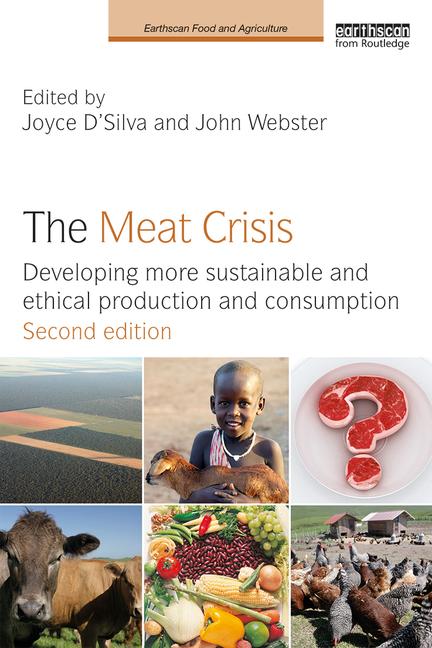The pork plant of the future
Pork processors will have to find solutions to the labor issue in order to meet demand.

Like all aspects of the meat industry, the pork sector has faced a challenging two years. On the bright side, there is sustained demand, as consumers are looking for pork in all varieties, from chops and ground pork to further-processed items like sausages and bacon. Unfortunately, this surge in demand also comes during a time where the COVID pandemic has battered the supply chain, with shutdowns at many of the major pork processing plants and labor shortages as the facilities look to ramp up production.
“Many plants are currently working at reduced capacities due to both a decrease in employee numbers and the social distancing policies enacted because of the COVID-19 pandemic,” explains Christina Bakker Ph.D., Extension Meat Science Field Specialist at South Dakota State University, located in Brookings. “The social distancing policies generally call for fewer employees on each line compared to pre-pandemic spacing. This reduced production capacity per day has resulted in many plants transitioning to six-day workweeks indefinitely to make up the difference. The reduction in days off has in turn negatively impacted employee morale, causing many people to quit their jobs.”
If the present-day meat industry is facing these challenges, how will they be overcome in the future? According to Chris Fuller of Fuller Consulting, companies will have to stop relying on human labor, because labor issues affect things like line speeds, which ultimately affects sized cuts like ribs and tenderloins.
“I believe plants will continue to look for ways to automate the carcass breakdown process. Less reliance on human labor will continue to allow for more efficient production as it’s impacted by labor constraints as well as worker safety,” says Fuller.
Baller concurs. “Pork plants are going to continue moving forward with automation, especially for jobs that are considered to be more dangerous or labor intensive. Machines don’t need a day off, don’t call in sick, and don’t need to take breaks. The plants will be able to run more consistently and produce more uniform product if they are able to reduce the possibility of human error,” she says.
There are parts of the processing plants where automation has already made an impact. The key for cost-effective processing will be to expand the operations where the human element can be safety removed.
“There are currently some areas in packing plants that still require human hands. A lot of fabrication, especially cuts that are boned out, is still done by hand. Also, in most plants, a lot of the packaging and boxing is still done manually,” Bakker says. “Given time to develop the appropriate technology, I would not be surprised to see an increase in automation in those areas.”
Fuller says that the goal for processors should be to entirely automate the breaking of carcasses, and he believes that automation will eventually make its way into the evisceration, QA sampling and livestock handling areas of the plant as well.
Fuller says that the technology should flow across the entirety of the pork processing industry. “I believe we will always have large mega-plants for pork processing. However, with technology becoming more advanced and some tech becoming more affordable, smaller regional plants can share in the development of some of the automation that’s now only seen in the large plants,” he said.
There are considerations that companies will have to make when it comes to future modifications of their pork processing plants.
“In order for plants to make changes and investments in new technology, they have to have adequate return on investment. The changes will also depend on the speed of technology development. New technologies are costly for a variety of reasons including (but not limited to) capital investment, down time during installation, employee training and process validation,” Bakker says. She adds that the age of plants will also play a key role in modernizing, because the older facilities may not have the space tor new technology or the correct product flow to effectively utilize automation.
“I think companies will continue to look for ways to automate their processes, but it is extremely hard to predict how each plant will change given the uniqueness of each situation,” she says.
Looking for a reprint of this article?
From high-res PDFs to custom plaques, order your copy today!








